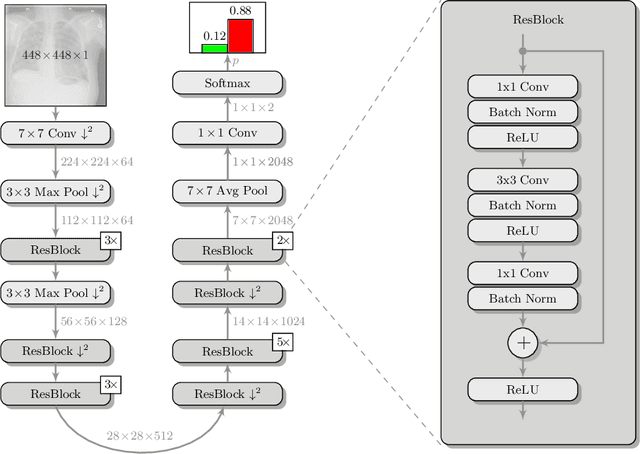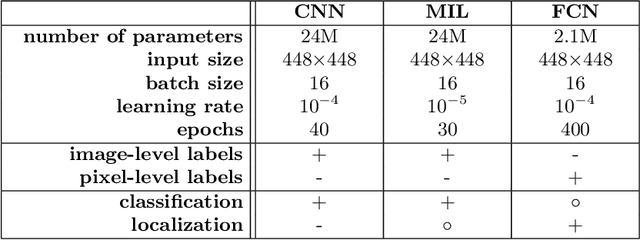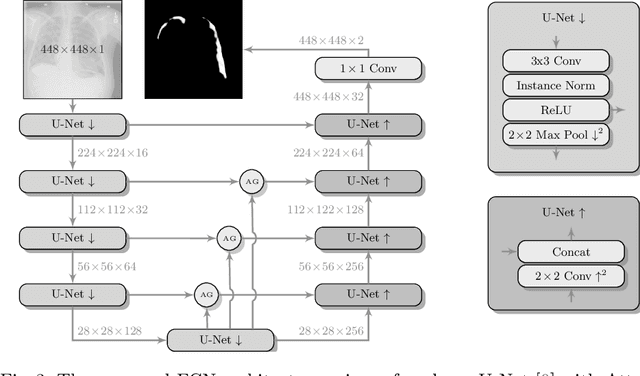Nathan Cross
Assessing Lesion Segmentation Bias of Neural Networks on Motion Corrupted Brain MRI
Oct 12, 2020



Abstract:Patient motion during the magnetic resonance imaging (MRI) acquisition process results in motion artifacts, which limits the ability of radiologists to provide a quantitative assessment of a condition visualized. Often times, radiologists either "see through" the artifacts with reduced diagnostic confidence, or the MR scans are rejected and patients are asked to be recalled and re-scanned. Presently, there are many published approaches that focus on MRI artifact detection and correction. However, the key question of the bias exhibited by these algorithms on motion corrupted MRI images is still unanswered. In this paper, we seek to quantify the bias in terms of the impact that different levels of motion artifacts have on the performance of neural networks engaged in a lesion segmentation task. Additionally, we explore the effect of a different learning strategy, curriculum learning, on the segmentation performance. Our results suggest that a network trained using curriculum learning is effective at compensating for different levels of motion artifacts, and improved the segmentation performance by ~9%-15% (p < 0.05) when compared against a conventional shuffled learning strategy on the same motion data. Within each motion category, it either improved or maintained the dice score. To the best of our knowledge, we are the first to quantitatively assess the segmentation bias on various levels of motion artifacts present in a brain MRI image.
Deep Learning for Pneumothorax Detection and Localization in Chest Radiographs
Jul 16, 2019



Abstract:Pneumothorax is a critical condition that requires timely communication and immediate action. In order to prevent significant morbidity or patient death, early detection is crucial. For the task of pneumothorax detection, we study the characteristics of three different deep learning techniques: (i) convolutional neural networks, (ii) multiple-instance learning, and (iii) fully convolutional networks. We perform a five-fold cross-validation on a dataset consisting of 1003 chest X-ray images. ROC analysis yields AUCs of 0.96, 0.93, and 0.92 for the three methods, respectively. We review the classification and localization performance of these approaches as well as an ensemble of the three aforementioned techniques.
 Add to Chrome
Add to Chrome Add to Firefox
Add to Firefox Add to Edge
Add to Edge